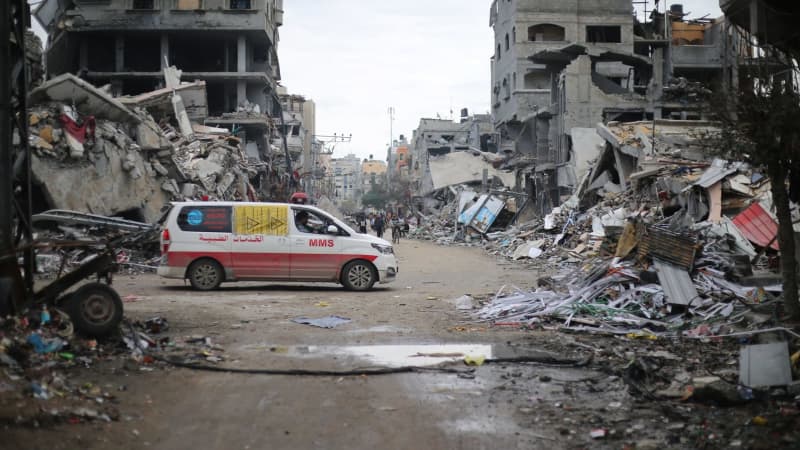Recent violence in the Gaza Strip has led to the deaths of at least ten individuals as reported by the Hamas-controlled Health Ministry. The casualties have resulted from Israeli military attacks targeting various locations within the territory, intensifying the ongoing conflict. Among the sites affected are residential buildings and the Kamal Adwan Hospital located in Beit Lahia, a northern region of Gaza. These incidents contribute to a grim situation for the residents, who are already suffering from the adverse humanitarian conditions stemming from ongoing hostilities.
The hospital director, Hussam Abu Safiya, provided alarming details about the assault on the Kamal Adwan Hospital. He indicated that the intensive care unit was directly struck during the barrage, igniting a fire that could have led to disastrous consequences. Fortunately, thanks to prompt responsiveness from the hospital staff, all patients were evacuated safely, avoiding further loss of life. However, Abu Safiya described the overall situation in the hospital as catastrophic, reflecting the extreme pressure and challenges healthcare facilities are enduring in Gaza under the current circumstances.
The reports of violence have drawn international attention, highlighting the fragility of life within Gaza amid military operations. Civilians often bear the brunt of these clashes, raising significant humanitarian concerns. The actions of the Israeli Defense Forces (IDF) are typically framed within a broader context of their strategy to neutralize threats posed by Hamas, the militant organization governing Gaza. Nevertheless, the collateral damage inflicted upon non-combatants and crucial infrastructure, such as hospitals, sparks outrage and alarm from various human rights organizations and global entities.
In the wake of these developments, the IDF asserted that they are currently verifying the reports regarding the attack on the hospital. The defense forces typically maintain a narrative that emphasizes their focus on military targets, while expressing regret over civilian casualties that occur during operations. This ongoing conflict has established a challenging environment in which both parties engage in hostilities, with civilians frequently caught in the crossfire, resulting in devastating casualties and destruction.
As the situation evolves, the international community remains closely monitoring the events in Gaza, seeking a resolution to the prolonged conflict that has gripped the region for years. Efforts for peace often confront significant obstacles, with entrenched positions on both sides. For Gazans, the immediate and pressing needs include medical care, safety, and security, which continue to be severely compromised by the ongoing violence. Aid organizations are mobilizing to provide essential services, but access and supply chains are frequently disrupted by the instability.
In conclusion, the recent military actions in Gaza illustrate the dire humanitarian crisis affecting the region. The loss of life and the targeting of vital health institutions highlight the intricate and troubling dynamics of the ongoing conflict between Israel and Hamas. Understanding this conflict’s complexity is essential to engaging in meaningful dialogue aimed at finding a peaceful resolution. As the IDF investigates the latest attacks, the humanitarian implications are profound, with urgent action required to safeguard the well-being of civilians caught in this cycle of violence.

